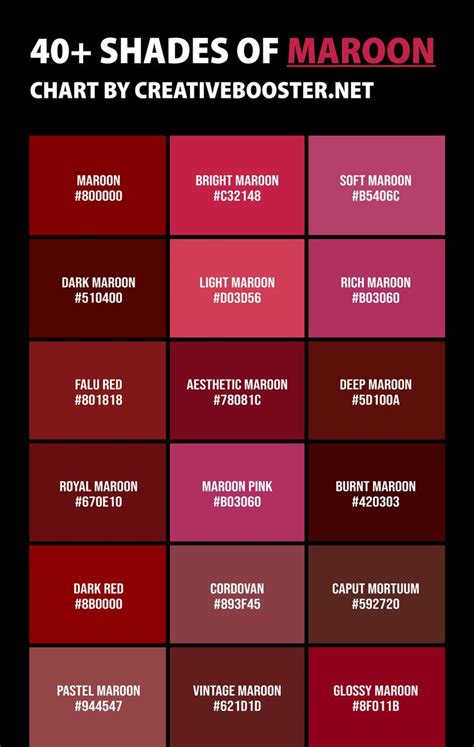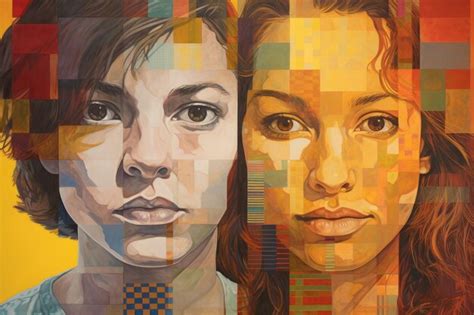A Historical Journey: Tracing the Evolution of Black Women’s Hair Culture
Throughout history, Black women’s hair has served as a powerful symbol of cultural expression, identity formation, and sociopolitical resistance. From the intricate cornrows and beaded adornments of ancient Africa to the flamboyant Afros of the Civil Rights Movement, Black women’s hairstyles have showcased their creativity, resilience, and undeniable vibrancy.

Pre-Colonial Era: Roots in Ancient African Traditions
In pre-colonial Africa, Black women’s hair played a significant cultural role. Elaborate hairstyles varied across different regions, each with its unique symbolic meaning. Cornrows, for example, represented social status, lineage, and marital status. Braids symbolized strength and unity, while elaborate head wraps served as a form of protection from the elements and a canvas for artistic expression.
Colonial Period: Suppression and Resistance
With the advent of European colonialism, Black women’s hair became a target of oppression and assimilation. European colonizers imposed their own beauty standards, deeming Afro-textured hair as “unprofessional” and “uncivilized.” Black women were forced to straighten their hair or cover it up with wigs or scarves to conform to Eurocentric norms.
Despite these oppressive measures, Black women found ways to resist and preserve their cultural identity through their hair. They wore head wraps as a symbol of defiance and adorned their hair with intricate beading and jewelry to celebrate their African roots.
20th Century: Liberation and Empowerment
The 20th century witnessed a resurgence of Black pride and self-acceptance. Pioneering women like Shirley Chisholm and Angela Davis embraced their natural hair textures, inspiring a generation to challenge Eurocentric beauty ideals. The Civil Rights Movement of the 1960s further fueled the natural hair movement, with the Afro becoming a potent symbol of Black empowerment.
Hair Textures and Diversity: Celebrating the Spectrum of Beauty
Black women possess a remarkable diversity of hair textures, each with its unique characteristics and beauty. According to the Andre Walker Hair Typing System, there are four main hair textures:
| Type | Description |
|---|---|
| 3A | Loose, bouncy curls |
| 3B | Dense, springy curls |
| 3C | Tight, corkscrew curls |
| 4A | Coily, springy texture |
| 4B | Z-shaped curls, wiry texture |
| 4C | Tight, densely coiled texture |
Hair Care for Black Women: Nurturing a Crown of Glory
Proper hair care is crucial for maintaining the health and beauty of Black women’s hair. Due to its tightly coiled structure, Afro-textured hair tends to be dry and prone to breakage. Gentle cleansing, deep conditioning, and protective styling are essential for preventing damage and promoting healthy hair growth.
Gentle Cleansing
- Opt for sulfate-free shampoos that cleanse without stripping away natural oils.
- Wash hair regularly, but not too frequently, as excessive washing can remove essential lipids.
- Use lukewarm water to avoid heat damage.
Deep Conditioning
- Condition hair regularly with products specifically designed for Afro-textured hair.
- Use deep conditioners containing hydrating ingredients like shea butter, coconut oil, or argan oil.
- Allow deep conditioners to penetrate the hair shaft for at least 20 minutes before rinsing.
Protective Styling
- Protective hairstyles minimize friction and prevent breakage.
- Examples of protective styles include braids, twists, buns, and wigs.
- Avoid tight hairstyles that can strain the hair roots.
Hair Loss in Black Women: Understanding the Causes and Finding Solutions
Hair loss is a common concern among Black women, with various factors contributing to the condition. These include:
- Traction alopecia: Caused by excessive tension on the hair from tight hairstyles.
- Androgenic alopecia: A genetic condition that leads to hair thinning and loss.
- Female pattern hair loss: A type of hair loss that affects both women and men, but is more common in men.
- Medical conditions: Certain medical conditions, such as thyroid disorders or nutritional deficiencies, can also contribute to hair loss.
hairvention: Rethinking Black Beauty Standards
In recent years, a growing movement has emerged to challenge traditional hair beauty standards and promote hair inclusion. This movement emphasizes that all hair textures, regardless of race or ethnicity, are beautiful and worthy of acceptance.
Key Principles of hairvention
- Embrace inclusivity and celebrate hair diversity.
- Redefine beauty standards to include all hair textures.
- Empower individuals to embrace their natural hair.
- Promote positive self-image and confidence.
Conclusion
Black women’s hair is a testament to their resilience, creativity, and unwavering spirit. From its historical significance to its present-day social implications, Black women’s hair continues to weave a rich tapestry of identity, empowerment, and cultural pride. By embracing and celebrating the diversity of hair textures and promoting hair health, we can empower individuals to feel confident and beautiful in their own skin, transcending traditional beauty standards and fostering a truly inclusive society.
